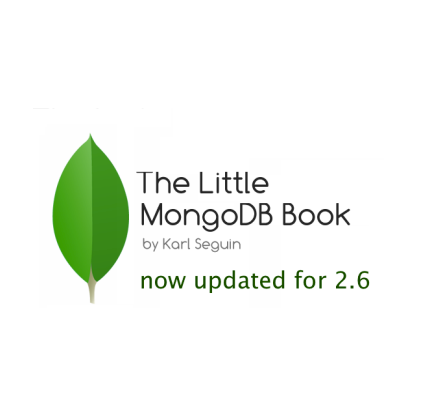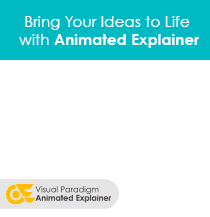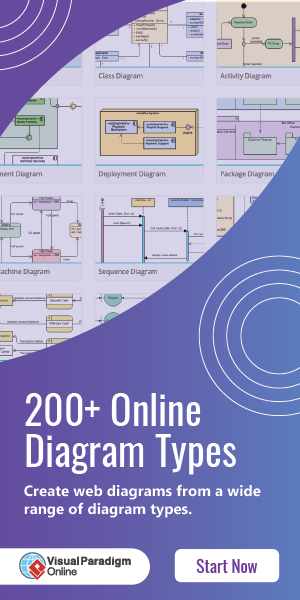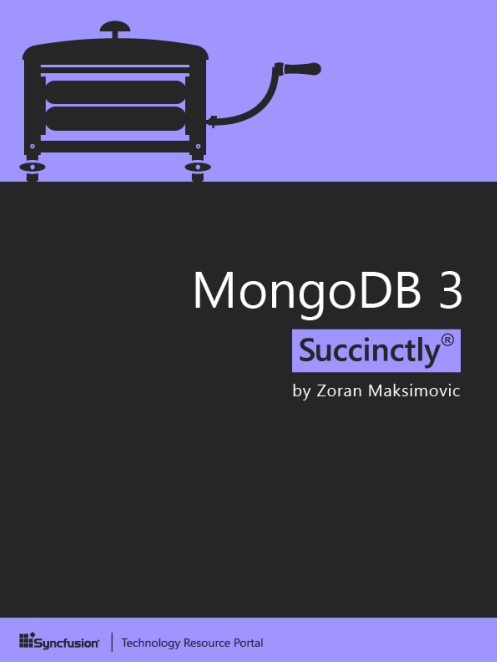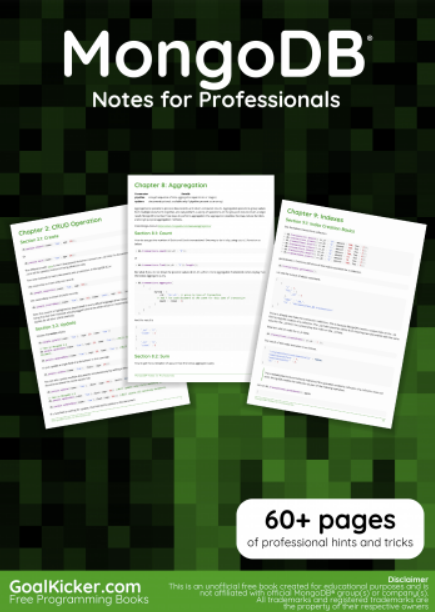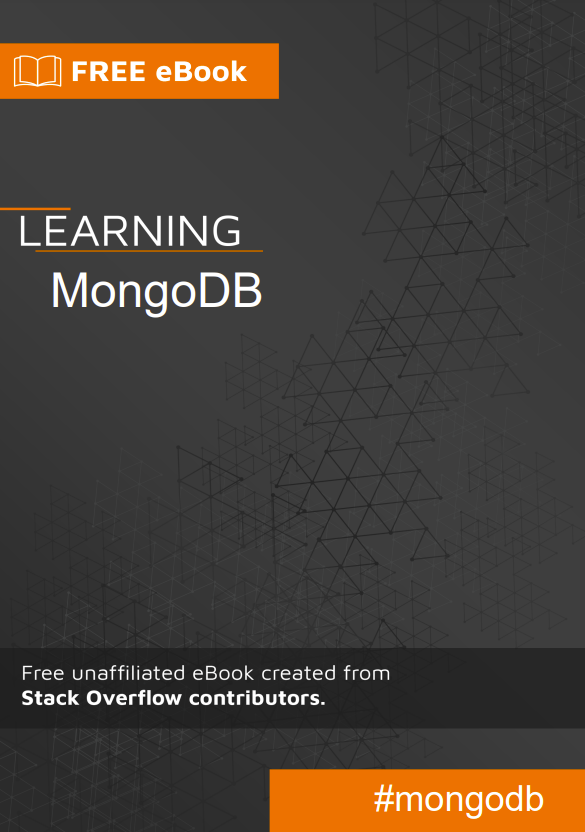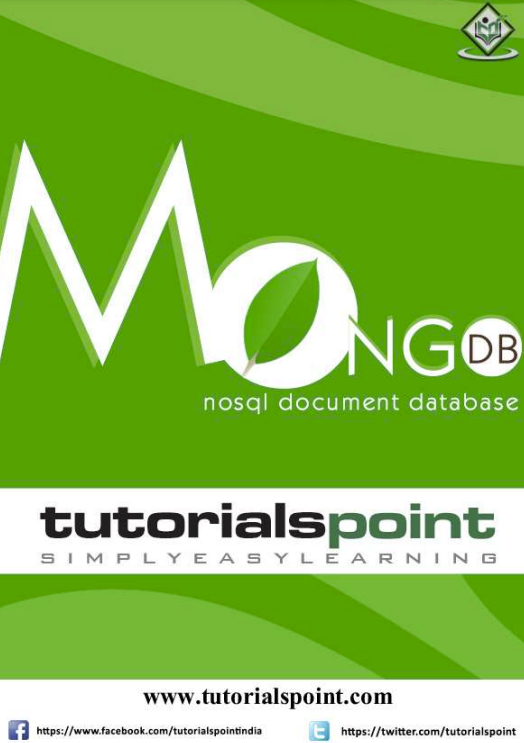It is often said that technology moves at a blazing pace. It’s true that there is an ever-growing list of new technologies and techniques being released. However, I’ve long been of the opinion that the fundamental technologies used by programmers move at a rather slow pace. One could spend years learning little yet remain relevant. What is striking though is the speed at which established technologies get replaced. Seemingly overnight, long-established technologies find themselves threatened by shifts in developer focus.
Nothing could be more representative of this sudden shift than the progress of NoSQL technologies against wellestablished relational databases. It almost seems like one day the web was being driven by a few RDBMSs, and the next, five or so NoSQL solutions had established themselves as worthy solutions.
Even though these transitions seem to happen overnight, the reality is that they can take years to become accepted practice. The initial enthusiasm is driven by a relatively small set of developers and companies. Solutions are refined, lessons learned and seeing that a new technology is here to stay, others slowly try it for themselves. Again, this is particularly true in the case of NoSQL where many solutions aren’t replacements for more traditional storage solutions, but rather address a specific need in addition to what one might get from traditional offerings.
Having said all of that, the first thing we ought to do is explain what is meant by NoSQL. It’s a broad term that means different things to different people. Personally, I use it very broadly to mean a system that plays a part in the storage of data. Put another way, NoSQL (again, for me), is the belief that your persistence layer isn’t necessarily the responsibility of a single system. Where relational database vendors have historically tried to position their software as a one-size-fits-all solution, NoSQL leans towards smaller units of responsibility where the best tool for a given job can be leveraged. So, your NoSQL stack might still leverage a relational database, say MySQL, but it’ll also contain Redis as a persistence lookup for specific parts of the system as well as Hadoop for your intensive data processing. Put simply, NoSQL is about being open and aware of alternative, existing and additional patterns and tools for managing your data.
You might be wondering where MongoDB fits into all of this. As a document-oriented database, MongoDB is a more generalized NoSQL solution. It should be viewed as an alternative to relational databases. Like relational databases, it too can benefit from being paired with some of the more specialized NoSQL solutions. MongoDB has advantages and drawbacks, which we’ll cover in later parts of this book.
